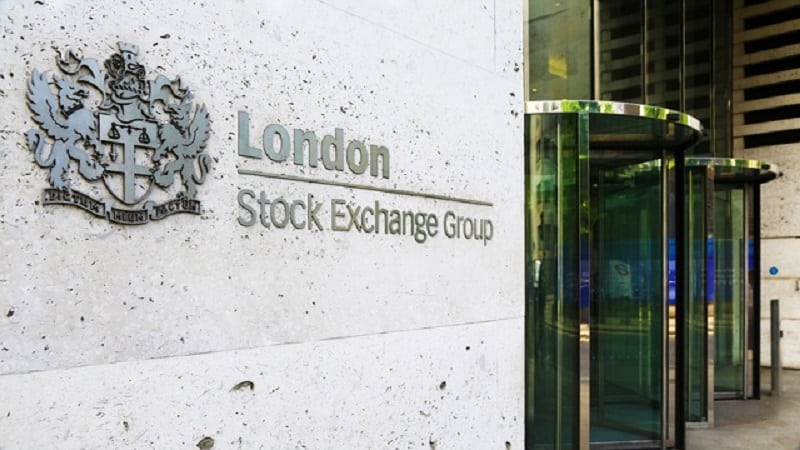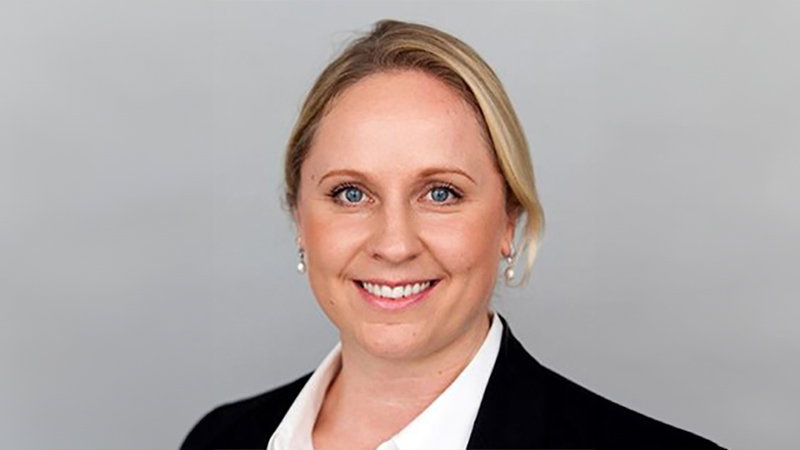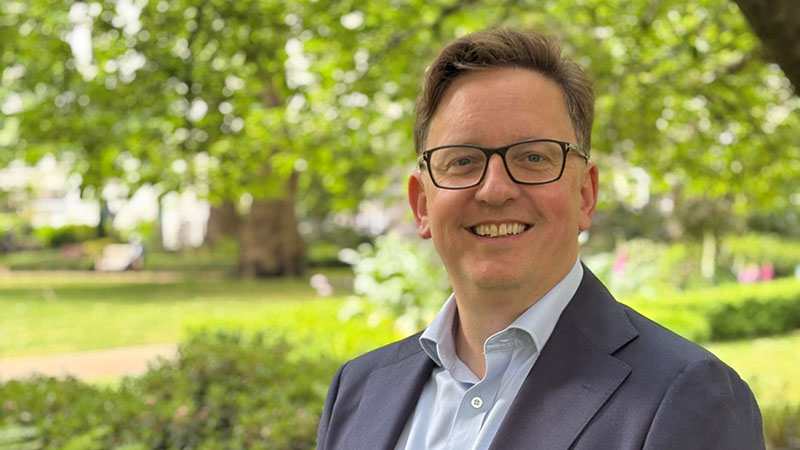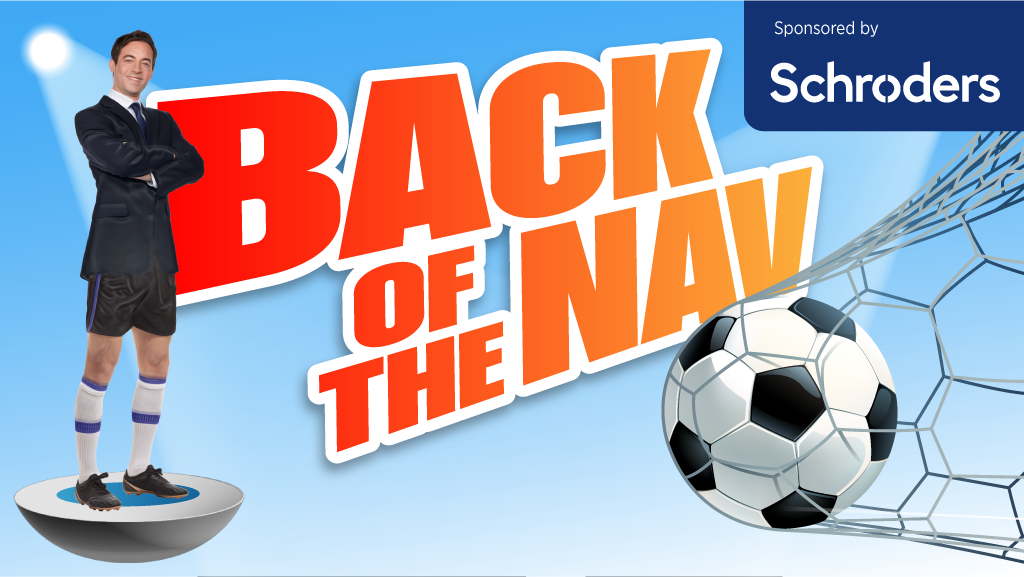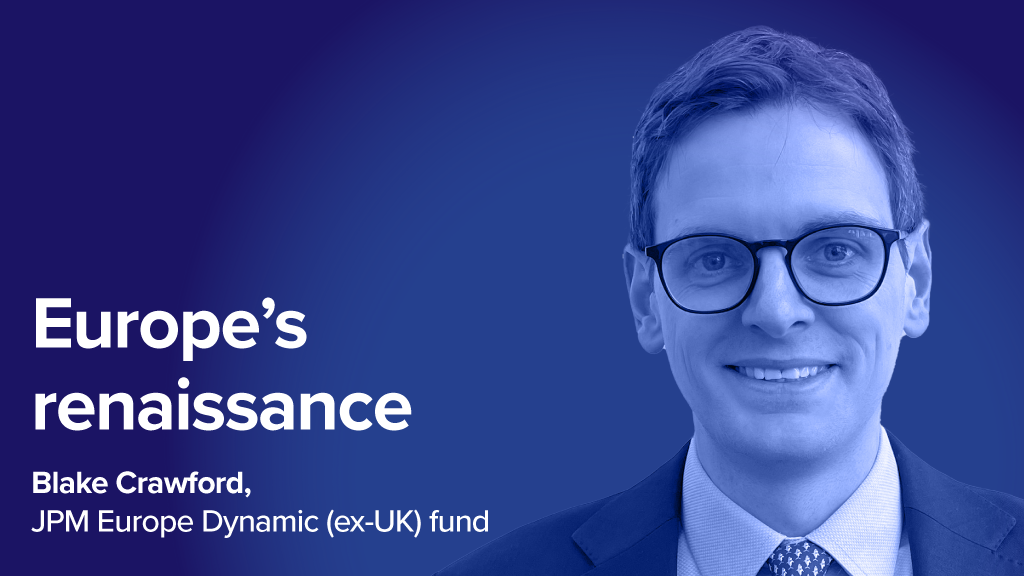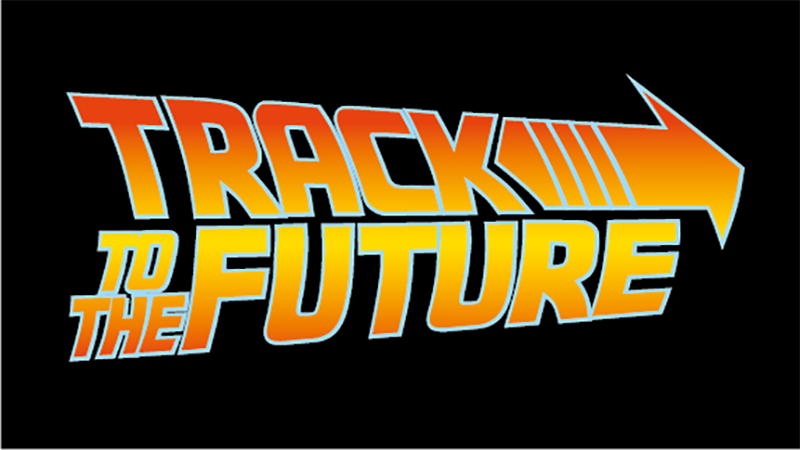In the latest in our regular series, Portfolio Adviser hears from Tony Maddock, head of third party distribution, Lazard Asset Management (pictured below.)
Which particular asset classes and strategies do you anticipate your intermediary clients focusing on in 2025?
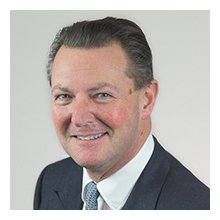
In recent years, US equities have dominated the market, with many investors overlooking concerns about high valuations, narrow performance, and market concentration in the hope of riding the wave. However, the recent AI-related sell-off has served as a stark reminder against complacency. Markets cannot sustain perpetual growth; they require careful navigation, a focus on fundamentals, and an assessment of whether the risks are adequately compensated.
As equity markets have become increasingly crowded, investors are likely to seek diversification strategies that offer additional or differentiated returns. There’s been notable interest in US small caps, which counteract some of the aforementioned issues. US small caps are also anticipated to benefit from favourable regulatory and tax policies under the new administration. The market is vast, diverse, and fragmented, but the Lazard US Systematic Small Cap Equity strategy aims to systematically capture and exploit these inefficiencies. Japanese equities also hold promise due to corporate reforms initiated over a decade ago and a return to modest inflation.
Additionally, thematic investing is expected to remain prominent as clients seek growth opportunities aligned with long-term societal trends. As market leadership broadens and returns become more dispersed, we expect active management will be well positioned to thrive and come to the fore.
Should end-investors – and, by association, asset managers – be thinking beyond equity and bond investments? Towards what?
Absolutely. As always, much depends on an end-investor’s risk tolerance, return objectives, diversification requirements, and market conditions. That’s why Lazard offers a suite of solutions focused on specialist markets and alternative assets, as well as equities and fixed income, to cater to different needs.
For instance, if an investor is concerned about market volatility and broader economic and political uncertainty, strategies like Lazard Rathmore — a hedged convertible arbitrage strategy — might be appealing.
Increased uncertainty around interest rates, credit, equities, and equity volatility presents opportunities for long volatility strategies like Lazard Rathmore. Long volatility strategies are designed to capitalise on increased market fluctuations and seek to provide a hedge during market downturns and enhance portfolio diversification.
See also: Track to the Future – with HSBC Asset Management’s Dan Rudd
To what extent do private assets and markets fit into your thinking? What are the current pros and cons for investors?
We continue to look for opportunities in private markets. Private assets can offer the potential for higher returns and diversification benefits that are less correlated with public markets. However, they also come with challenges such as liquidity constraints. Investors often want to tap into the benefits offered by private market assets, but they want to know they can access their money if they need to.
A desire to address this dynamic led us to the creation of Lazard Listed Private Markets, which enhances the positive characteristics of private markets in a liquid solution.
The strategy invests across the major private market asset classes of private equity, private credit, real estate, and infrastructure. Regular pricing and liquidity are possible because the strategy invests exclusively in listed investments whose long-term fundamentals and performance are driven by the ownership or management of private market assets.
Given client and regulatory pressure on charges, how is your business delivering value for money to intermediaries and end-clients?
There’s often a singular focus in the industry on charges, but this ought to be balanced against outcomes to assess real value for money. Our in-house analyst platform is a cornerstone of our value proposition. We have a dedicated team of experienced analysts who conduct deep, fundamental research across various asset classes and sectors.
Our research platform is designed to generate valuable insights and identify high-conviction investment opportunities that might be overlooked by others. We believe our proprietary research enhances our investment decision-making process and provides intermediaries and end-clients with access to differentiated strategies that aim to drive superior long-term performance.
Additionally, we continually seek to invest in cutting-edge technology to enhance our research capabilities and operational efficiency.
See also: Track to the Future – with William Blair’s Tom Ross
How much of your distribution is currently oriented towards climate change, net zero, biodiversity, and other segments of sustainable investing? How do you see this approach to investing evolving?
We believe that active ownership is crucial for navigating rapidly evolving matters such as climate change and sustainability. Engaging with the companies in which we invest provides valuable insights into how they are addressing sustainability opportunities and challenges.
Across relevant portfolios and strategies, our primary focus is to drive investment returns and enhance client outcomes by integrating financially material ESG considerations into our research and portfolio management where applicable. Recognising that sustainability considerations can impact risk, return, liquidity, and other investment objectives in various ways, we tailor our approach according to asset class and investment style.
By collaborating closely with key clients, we have developed a small range of dedicated sustainability strategies that leverage our fundamental research and active ownership capabilities.
We acknowledge that this field is highly nuanced and continuously evolving, and we look forward to furthering our partnership with clients to develop strategies that meet their specific needs.
How are you now balancing face-to-face and virtual distribution? In a similar vein, how are you balancing working from home and in the office?
We have adopted a hybrid approach to client interactions and working arrangements. Face-to-face interactions remain crucial for building relationships and trust, particularly for complex discussions and high-touch client service.
However, virtual meetings have proven highly effective for broader reach and efficiency, allowing us to maintain regular contact with clients regardless of geographic constraints.
Similarly, our workforce operates in a flexible environment, balancing remote work with in-office collaboration with the aim of optimising productivity and employee well-being. We believe our hybrid model allows us to be agile and responsive to the needs of our clients and team members.
Looking a little further ahead, in what ways do you see the asset management sector evolving over the next few years?
We anticipate significant evolution in the asset management sector over the next few years, particularly through ongoing industry consolidation. We expect to see fewer firms managing larger amounts of money, leading to a more concentrated market. In this environment, every active manager must differentiate themselves to the greatest extent possible.
This means delivering strong performance, added value, and a robust alpha edge for each strategy we bring to clients. The competition will be fierce, and standing out will require even greater effort and innovation.
Understanding client needs will be paramount. Asset managers will have to work harder to identify what clients are looking for and offer them tailored, relevant solutions. This involves not only meeting their investment objectives but also aligning with their broader goals and values.
What do you do outside of work?
Now our kids (sorry, “young adults!”) are either at university, or just about to head there, I’m obviously spending less time with them, which is a big wrench. It does mean I’ve now got time to rekindle my interest in aviation though – so I’m going to be busy re-activating my flying licenses this summer. I’m also hoping my wife, who is a much better navigator than I am, will get involved too.
What is the most extraordinary thing you have seen in your life?
Probably the expression on my youngest son’s face (he was 12 at the time) when we came face-to-face with a 10-foot-long shark, while snorkelling off Key West. We later found out it was a nurse shark, which are among the most placid of sharks. But, when it’s less than two feet away, a big shark is a big shark!

